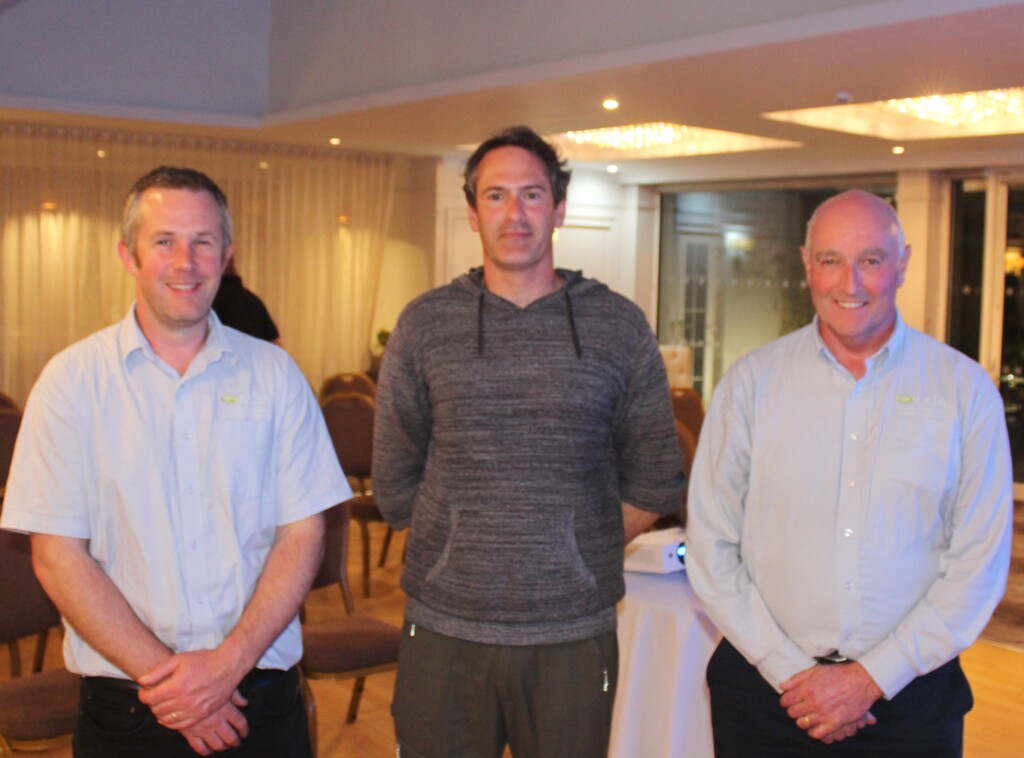Teagasc is urging all Irish potato growers to fundamentally change their potato blight spraying programmes with immediate effect.
This reflects the growing influence of resistant blight populations, both in Ireland and across Europe.
“The days of block spraying for blight are over,” stressed Teagasc potato specialist Dr. Steven Kildea.
Kildea spoke at a blight workshop, held in Co. Down this week. The event had been organised by College of Agriculture, Food and Rural Enterprise (CAFRE) in association with Teagasc.
“The future will be shaped around a strategy of mixing two different blight chemistries in the one tank and ensuring that modes of action, where blight fungicides are concerned, are changed in sequential spray applications,” he said.
“Crops should also be sprayed at seven-day intervals. And once a season-long spray programme has been agreed, it should be rigidly adhered to.”
Kildea confirmed that blight populations are evolving at a faster rate than ever, with resistance to available fungicides now an issue of major concern for the potato industry across Ireland and the rest of Europe.

Adding to industry concerns is the fact that a number of blight products have been taken off the market over recent years.
“It’s a case now of ensuring that the fungicide chemistries remaining are used in the most effective way possible, while also ensuring the threat of further mutation amongst blight populations are minimised,” he continued.
“This is why potato growers must move away from the sequential use of the same blight chemistries.
“Mixing and alternating is the way forward. It’s an approach that will also require the full use of all the blight chemistries that are currently available,” he added.
Potato blight control
The Teagasc representative admitted that the new approach to blight control, will add significantly to the costs incurred by potato growers.
“But it’s a price worth paying,” he said. “The alternative is to have blight significantly crops on potato crops now and into the future.
“Preventing blight from gaining a foothold within a potato crop will always be the most effective management option available to growers.
“In truth, we have been very lucky maintaining the efficacy of many blight prevention chemistries on the basis of single product applications up to this point.”
Kildea also highlighted the integrated pest control (IPM) options available to potato growers when it comes to managing potato crops.
One of these centres on not planting potatoes in areas of fields most prone to blight attack.
“Why plant potatoes under trees or adjacent to telegraph poles? It is widely accepted that tree cover promotes the growing conditions enjoyed by blight while growers cannot spray crops growing close to telegraph poles and other filed obstructions effectively,” he said.
Potato crops grown in Holland last year were badly impacted by a new EU43 blight strain, isolates of which were also identified at Teagasc Oak Park, Co. Carlow late in the season.
“We have the means to control the various strains of blight currently impacting on potato crops. But making this happen will require growers to fundamentally change their blight spraying programmes. And the clock is ticking,” Kildea concluded.
